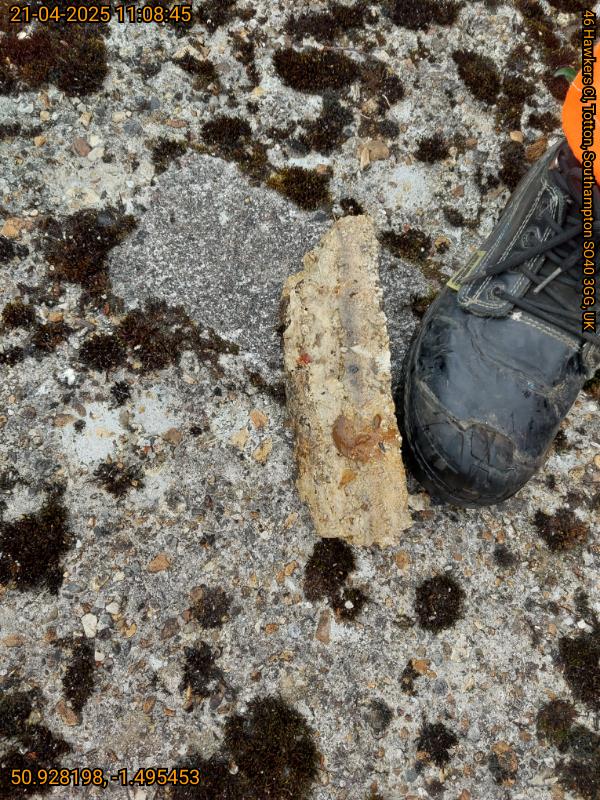
AI Saves the Day - Blockage Detection System Spots Totton Fatberg
Southern Water’s artificial Intelligence systems saved the day in Totton recently after a fatberg nearly led to a spill of sewage which could have polluted the iconic River Itchen. Blocked sewers are the single biggest cause of pollution incidents – from manholes spilling into streams to gardens filling with sewage. But the very worst kind is internal flooding where sewers back up and pour into sinks, showers and loos.
Southern Water’s artificial Intelligence systems saved the day in Totton recently after a fatberg nearly led to a spill of sewage which could have polluted the iconic River Test.
Blocked sewers are the single biggest cause of pollution incidents – from manholes spilling into streams to gardens filling with sewage. But the very worst kind is internal flooding where sewers back up and pour into sinks, showers and loos.
But more than 24000 radar sensors are constantly monitoring sewer levels and in Hawkers Close, Totton we arrived before the sewer could flood and cleared out a nasty fatberg.
“The sensors measure the level of sewage flowing under manholes in blockage hotspots, but the real innovation is how machine learning or artificial intelligence learns the normal behaviour sewers and can tell the difference between morning and evening rushes, rain in the system and a blockage forming,” says Daniel McElhinney, Proactive Operations Control Manager at Southern Water.
“Instead of turning up after the event to clean up and commiserate with devastated customers we’re spotting hundreds of potential blockages before it’s too late so our teams can scramble round with high pressure water jets to clear the sewer.”
Most customers don’t realise the average suburban sewer are only the diameter of an orange or a tennis ball. It doesn’t take much cooking fat to combine with other unflushables such as sanitary products, wet wipes or even ear cleaning sticks to form a fatberg.
Our teams lifted a series of manholes in the area and found all of them were creeping up to overtop. “In the area where this happened the resulting mess could easily have made it’s way through streams, drains and culverts to the Itchen – a unique and precious habitat,” says Daniel.
